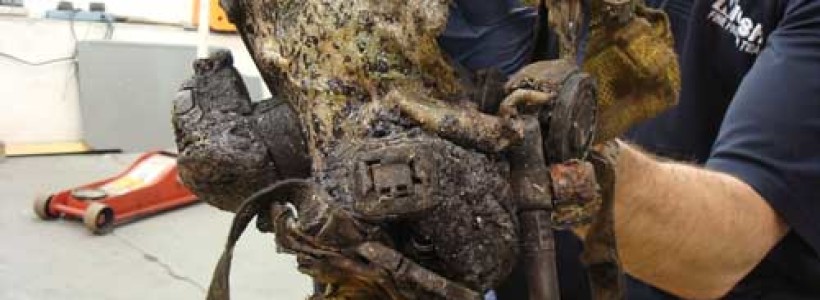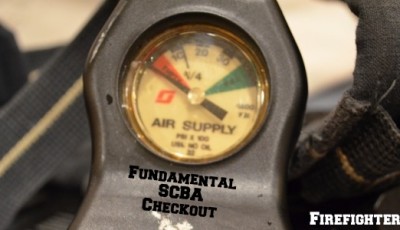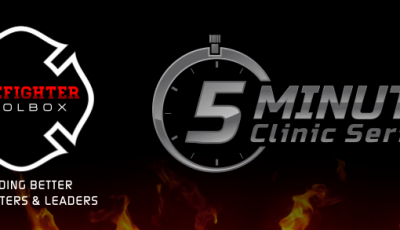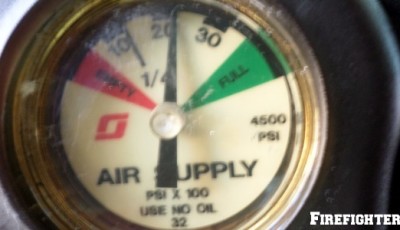The “Routine” – Part 2
In Part 1 we discussed items around the station that get us into a routine and how we can overcome this routine. Lets jump right back into the station items that are part of our “routine”. Lets continue to look at our PPE.
Our PPE
Ask yourself is your PPE important enough to you to check it out everyday, on each shift? Here are some examples of why this is important:
Fire Gear Not Properly Put Together
If you have had your gear washed recently who put it back together?
Are all the snaps and Velcro secured properly?
Is your gear equipped with a drag rescue device?
If so, is it in place in the event that it would be used?
Missing pieces
This may sound basic but I cannot overstress the importance of checking your gear to insure it is all there. Often, as shift change, the person removing the gear from the rig is the on-coming shift.
Did they put all of your gear back in your locker?
Don’t wait till you are on the way to a fire only to realize your hood or gloves are missing!
SCBA
The SCBA is the most valuable piece of equipment assigned to the firefighter. Without it, we are nothing more than a well dressed observer. It is also one of the most abused pieces of equipment. It takes a beating daily. Every time you are on a fire apparatus, you should take the time to properly inspect it, breathe with your mask on, and check the pass device.
Your SCBA bottle should be full of air!
Do you know your air consumption rate?
The current SCBA low air/vibralert on my SCBA alerts at 1000 psi which equates to five minutes of air. During a recent training event, we discovered that our crew averaged three to four minutes of air when their low air alarm activated. Many firefighters are content with having 4000 psi in a 4500 psi bottle. 500 psi is a lot of air when you are trapped, disoriented, or attempting a rescue.
In order for a firefighter to perform at their best their equipment must be ready. You wouldn’t put half a tank of fuel in your daughter’s car and tell her “that should be enough”. You would rather provide her with more than she needs in case she became lost.
As firefighters we must understand that we cannot effectively perform our tasks if we are not taking the time to maintain our equipment.
Checking Out The Apparatus
Some believe that checking out the fire apparatus is the sole responsibility of the driver. Each and every position on a fire apparatus has a responsibility to perform. A firefighter that doesn’t know where the equipment is or is unaware of any recent changes is unacceptable. Each day that a firefighter reports for duty, after checking their PPE and placing it in service, they should go over the apparatus and insure that they are familiar with the equipment and it’s location.
As we wrap up our series I hope you have learned that there are common everyday traps out there in our routine activities that can hurt us or worse. By understanding the routine we become a smarter and safer firefighter.
Part 2 of 3









You have touched very valuable topics which we are so used to them that we ignore the pre-checks before any day’s activity. As a result some have died immaturely and of being negligent. Fire-fighter training digs deeper into the Tax-Payers pockets most unfortunately and loosing a member is a huge loss. We thank-you so much for the basic things that can save lives; including lives of those we are tasked to help when they are in distress. Thanks once again.May God always give the wisdom and insight to share information.